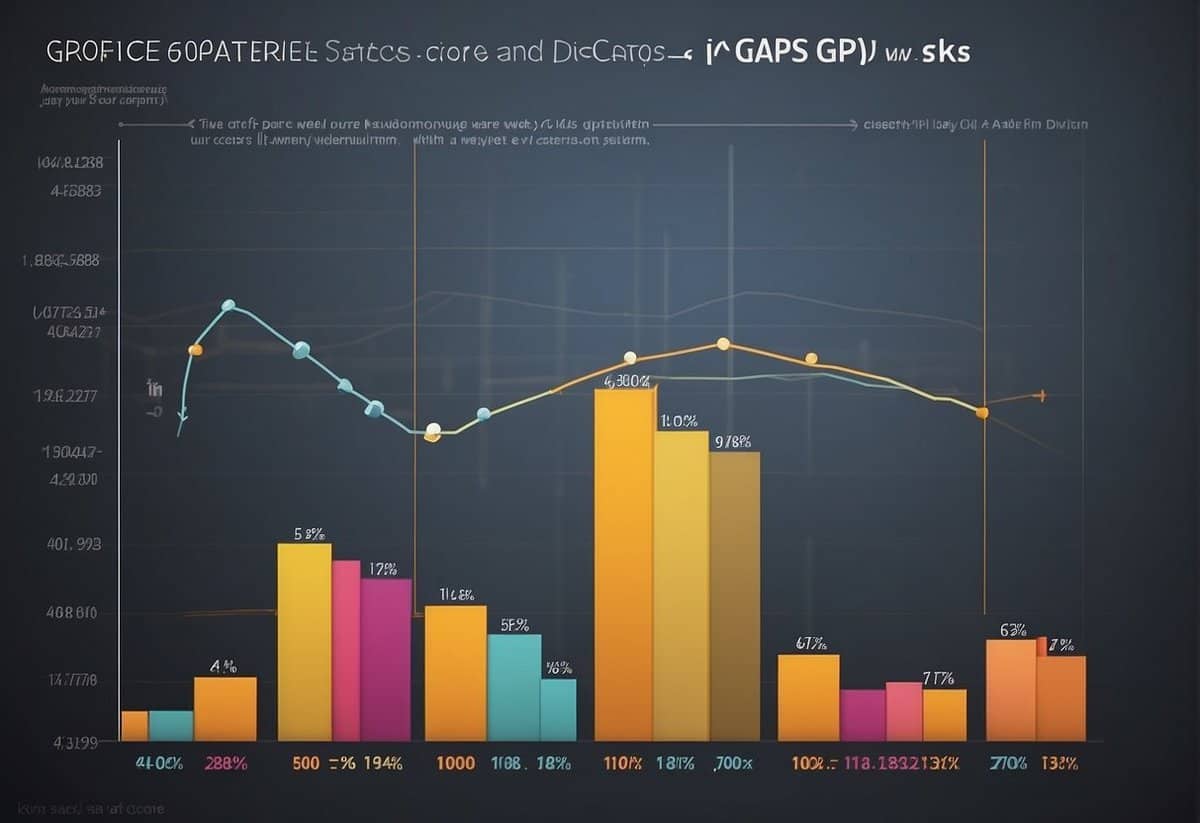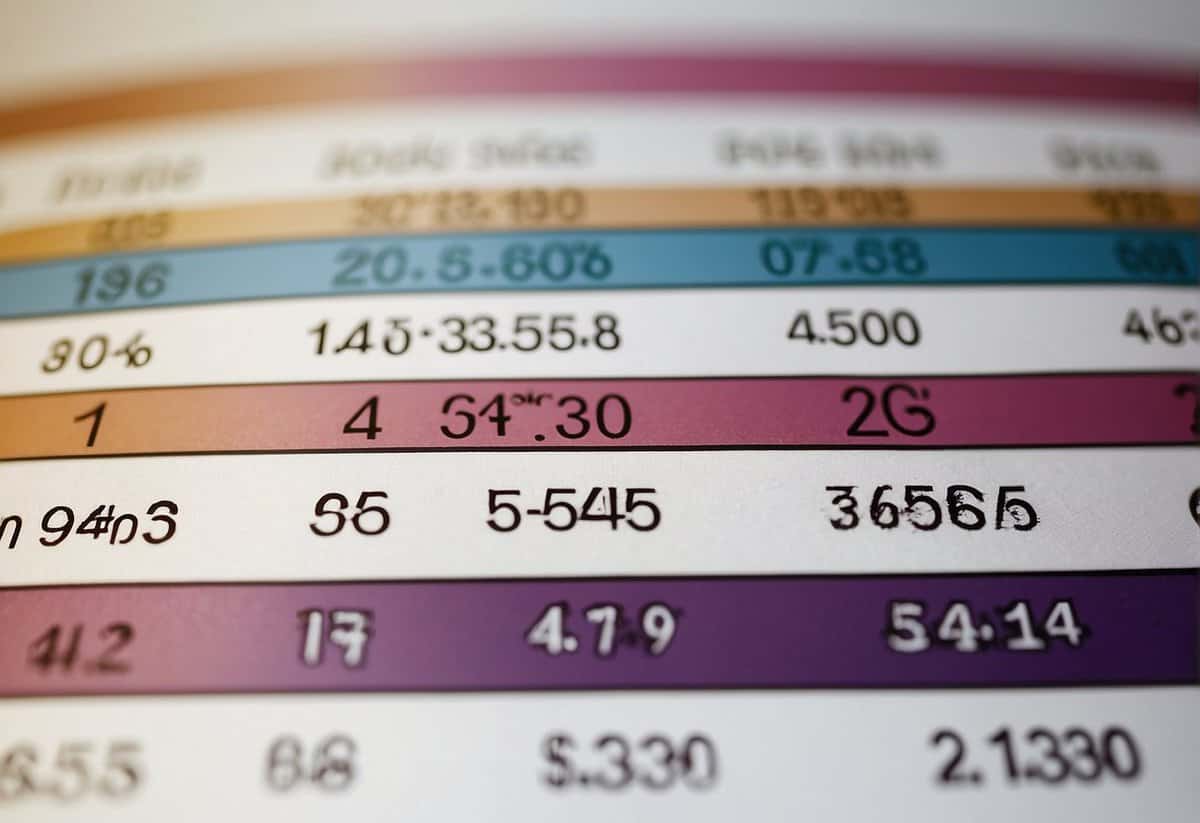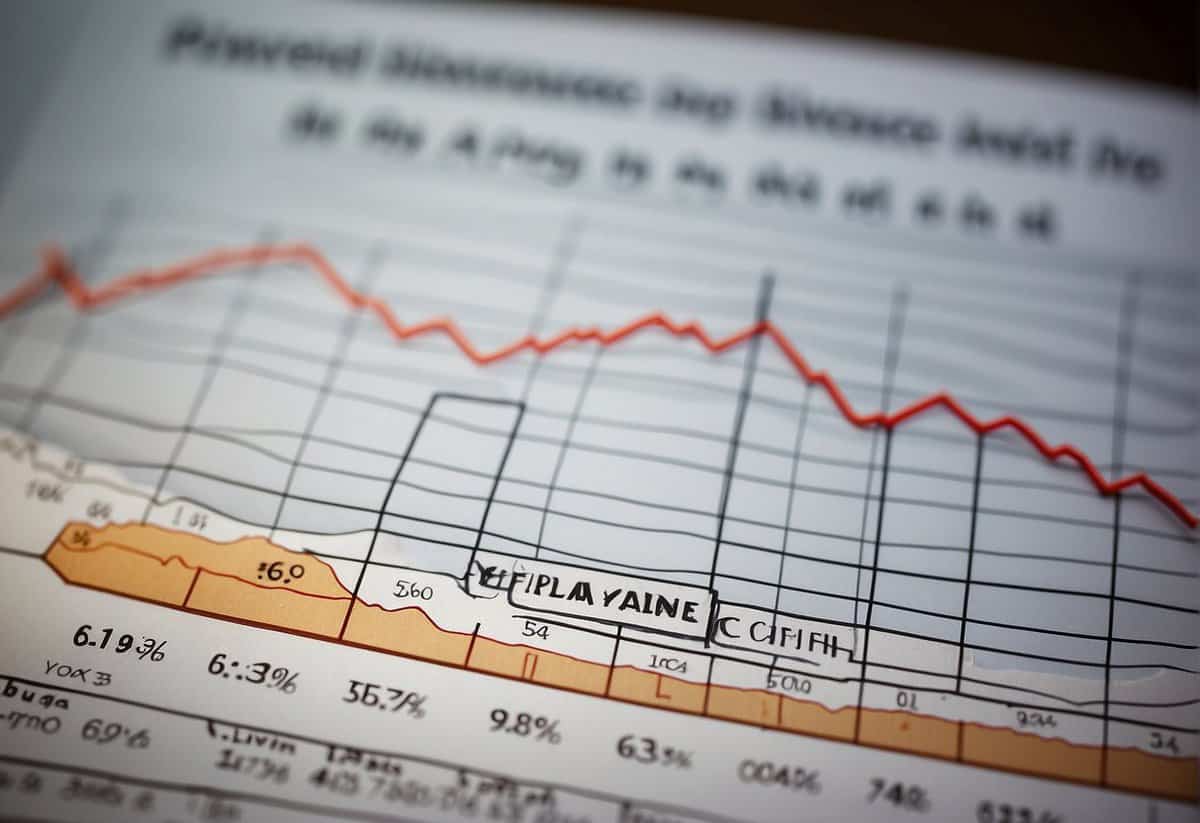What Age Gap Has the Highest Divorce Rate? Understanding Marital Stability Across Different Pairings
When delving into the dynamics of marriage and divorce, the age gap between partners often comes under scrutiny. Analyzing the age difference in relationships is crucial since it may impact the longevity of a marriage. Research has shown an intriguing trend: certain age gaps are correlated with higher divorce rates. Age disparities in couples can lead to different expectations and challenges, which might contribute to the stability or dissolution of the marriage.

Understanding the age gap’s role in divorce rates requires an examination of various aspects such as demographics, socioeconomic factors, and marital patterns over time. By exploring these facets, one can gain insight into the complexity behind marriages and what factors may increase the likelihood of divorce. It’s essential to consider not just the age gap, but also the interplay of individual backgrounds and societal influences that can shape marital outcomes.
Key Takeaways
- Age differences between spouses are a significant factor in marital stability.
- Socioeconomic and demographic nuances contribute to the complexity of divorce rates.
- Evolving marital trends underscore the shifting nature of relationships over time.
Demographics of Divorce

In examining the factors that influence divorce, age stands out as a major demographic variable. It’s important to know how different age groups are affected as this can impact your understanding of marriage and its challenges.
Age and Divorce Rates
Your age at the time of marriage can significantly predict the likelihood of divorce. For instance, statistics have shown that marrying at a very young age increases the risk of divorce. It’s believed this may be due to less maturity, financial stability, or life experience. Conversely, the median age at first marriage has been rising, which correlates with a more stable marriage and a decreased divorce rate. This shift indicates that as people are getting married later, they might be more equipped to handle the intricacies of married life.
Divorce Rates by Age Group
When looking at divorce rates by age group, different patterns emerge. For young adults aged 15 to 24, divorce rates have historically been higher, but recent data has shown a decline. In contrast, older adults have seen an increase in divorce rates, a trend sometimes referred to as “gray divorce.”
Specific divorce rates by age group reveal that:
- Individuals between the ages of 25 to 39 have experienced a notable decrease in divorce rates, indicative of changing societal norms and attitudes towards marriage.
- Middle-aged adults, including some baby boomers, have shown a stable or sometimes increased rate of divorce.
- Among older adults aged 65 and older, the divorce rate has seen a rise, albeit from a lower base rate compared to younger individuals.
These trends suggest a generational shift in how marriage and divorce are approached across different life stages.
Socioeconomic Factors and Divorce

When exploring the factors influencing divorce rates, you’ll find that socioeconomic status (SES) plays a significant role. Your education level, income, and employment stability can all impact your marriage’s longevity.
For instance, marriages among college-educated individuals tend to have lower divorce rates. This can be linked to the stability that higher education often provides in terms of employment and financial resources. Conversely, if your educational attainment is on the lower end, you might experience higher stresses due to job uncertainty and financial constraints, which can put a strain on a marriage.
Income levels also correlate with divorce rates. Higher income can decrease the stress in a marriage, potentially leading to a lower likelihood of divorce. If you’re facing financial struggles, costs like child support and housing can become overwhelming, fostering tension and conflict.
Furthermore, the marriage rate in the American community is influenced by economic conditions. When residents face unemployment or underemployment, it often leads to delays in marriage or creates challenges that can contribute to higher divorce rates.
Your state of residence can also be indicative of your likelihood to face divorce. Different states have varying economic landscapes, with some offering more robust workforce opportunities than others. This can affect both marriage and divorce rates within those states.
When you engage with the workforce, whether you have a college education or not, sectors that offer job security and benefits can provide a safety net that helps maintain a stable household environment.
In essence, your socioeconomic status is a tapestry woven from your education, income, and employment and can significantly influence the trajectory of your marital relationship.
Marital Patterns Over Time

Your understanding of marital stability can be enhanced by looking at the shifts over time in marriage and divorce. Let’s explore what historical data and recent statistics tell us about these patterns.
Historical Trends in Marriage and Divorce
From the mid-20th century, you could observe a consistent rise in the divorce rate. For instance, analysis by the National Center for Health Statistics indicated that since the 1960s, the proportion of marriages ending in divorce escalated. What’s worth noting is the shift in divorce trends with age and time. Data suggests that divorce rates have historically tended to decline with age. This pattern has largely remained unchanged, with decreases observed in divorce rates especially among individuals aged 15-44 between 1990 and 2021. Moreover, during those years, men in younger age groups saw a more significant average decrease in divorce rates compared to women.
Recent Changes in Marital Landscape
The landscape of marriage and divorce continued to change into the 21st century. You have seen fluctuations related to economic conditions; during times of financial crisis like the years 2008 and 2009, divorce rates in the U.S. modestly declined, possibly due to the costs associated with separating. As financial stability returned, the U.S. Census Bureau’s American Community Survey data pointed out a slight uptick in divorces around 2018-2019.
Another contemporary shift in the marital terrain is the recognition of same-sex marriages. Since legal recognition became widespread, statistics from sources like the American Community Survey started to include insights on same-sex couples‘ marital patterns, including divorce rates, which contribute to our broader understanding of marital trends.
Finally, “gray divorce,” a term referring to the divorce among older adults, has also become more visible in recent years. Age doesn’t always equate to lower divorce rates as once thought, indicating that marital stability is impacted by a myriad of factors well beyond just time.
Challenges and Outcomes

When you examine the impact of age gaps on divorce rates, certain challenges arise. For instance, larger age differences between partners have been associated with higher chances of separation. Couples with a 5-year age gap are 18% more likely to divorce compared to those of the same age, and this risk increases if the gap widens, hinting at the complexities of managing different life stages.
Additionally, outcomes of divorce can vary based on demographics such as race, gender, and sexual orientation, which may affect aspects like child custody and living arrangements. Divorce can be especially complicated for those with children, where protecting their interests becomes a paramount concern.
Remarriage rates also differ across age groups. The Centers for Disease Control and Prevention (CDC) has provided insights that can be essential for your understanding of this dynamic. Retirement age couples, often referred to as gray divorces, face unique challenges, including division of retirement assets, which can complicate the financial aspects of separation.
Here’s a quick breakdown of the divorce likelihood based on age differences:
- 0-5 years gap: Slightly increased risk
- 10 years gap: 39% higher odds
- 20 years gap: 95% increased odds
As you approach retirement, it’s important to consider how a divorce might affect your financial security. No matter the circumstances or statistics, navigating a divorce warrants a thoughtful approach, especially when the well-being of children and the future of your post-divorce life are at stake.
Frequently Asked Questions

In this section, you’ll find targeted information addressing common inquiries about the relationship between age gaps and divorce rates. Let’s explore what research indicates about age disparities and marital stability.
What is the typical divorce rate for marriages with significant age differences?
The divorce rate for marriages with significant age differences is notably higher than for those with smaller age gaps. Couples with a 10-year age difference are about 39% more likely to divorce compared to those of the same age.
How does a wide age gap influence the likelihood of a couple getting a divorce?
A wide age gap can greatly influence the likelihood of divorce. Research has shown that as the age difference increases, so do the chances of divorce, with couples having a 5-year age difference facing an 18% increase in the risk of divorce.
Are couples with closer age ranges less likely to get divorced?
Yes, couples with closer age ranges tend to have a lower risk of divorce. The likelihood of divorce decreases when partners are closer in age, with some studies indicating that for each year of the age difference, the chance of divorce rises by about 3%.
What statistics are available for divorce rates in age-gap marriages?
Statistics show that a greater age difference between couples is associated with higher chances of getting divorced. An Atlantic study, for example, found an increased likelihood of divorce in couples with larger age gaps.
Does the divorce rate increase or decrease with larger age differences between partners?
The divorce rate tends to increase with larger age differences between partners. Specifically, couples with a 10-year age difference have much higher rates of divorce compared with those who are similar in age.
How do age disparities impact the success rates of marriages?
Age disparities can negatively impact the success rates of marriages. As age differences grow, marital stability often decreases, with research highlighting a clear trend of higher divorce rates for couples with significant age gaps.
